Mastering the Art of Golf Putting Techniques Every Beginner Should Know
Mastering the art of golf putting is crucial for any beginner looking to improve their game and lower their scores on the green. Golf putting is not merely about getting the ball in the hole; it requires a blend of technique, focus, and mental strategy. In this guide, we will explore essential putting techniques that every novice should know, from grip and stance to alignment and stroke mechanics.
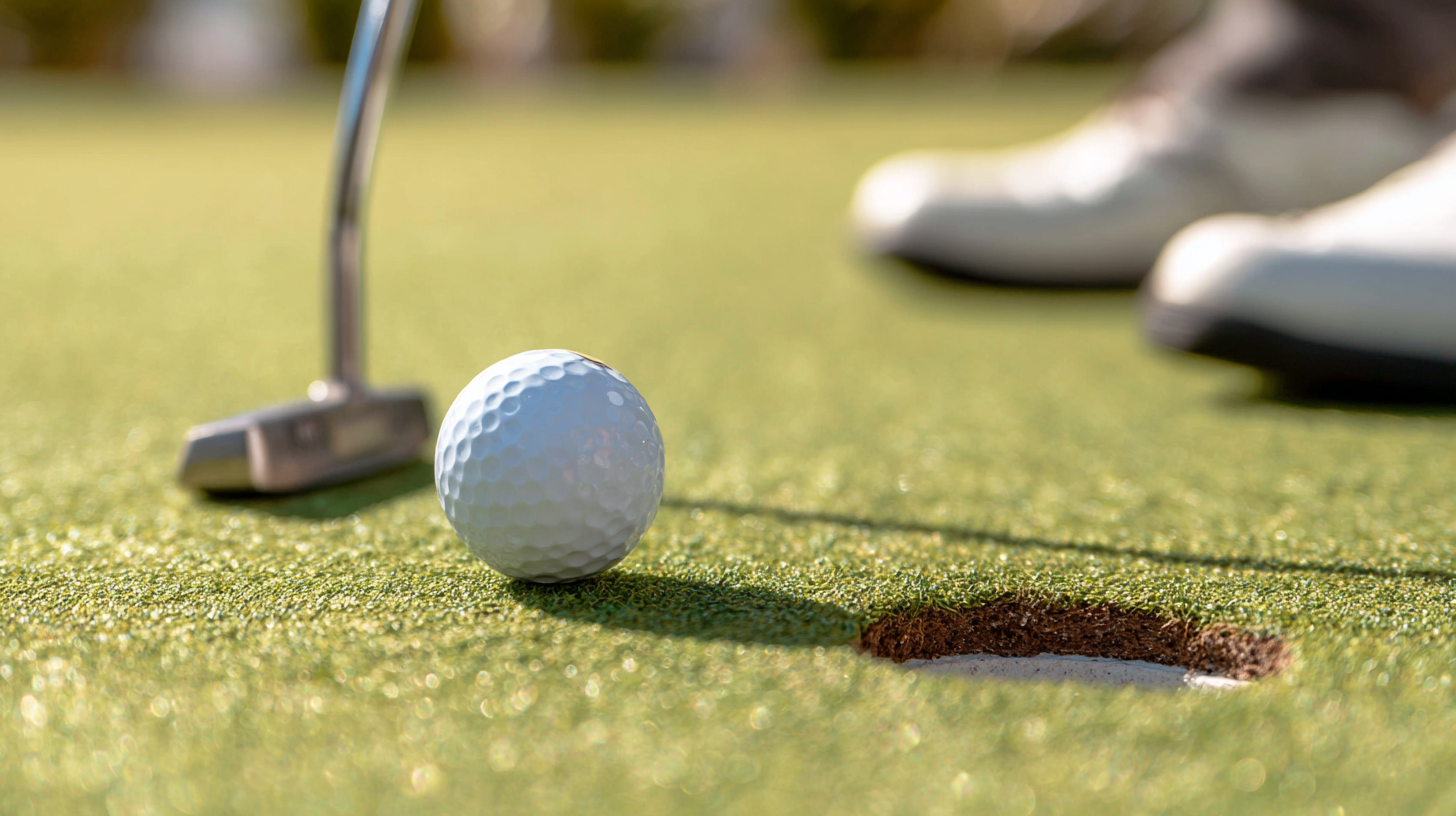
Understanding these fundamentals will provide a solid foundation for your golf putting skills, enabling you to build confidence and consistency in your performance. Whether you're practicing on the putting green or facing the pressure of competition, mastering these techniques will enhance your ability to navigate those crucial short-range shots effectively.
Get ready to transform your approach and see tangible improvements in your golf game with a focus on putting!
Understanding the Fundamentals of Golf Putting for Beginners
Golf putting is a crucial skill that every beginner should focus on to improve their game. Understanding the fundamentals of golf putting sets the foundation for successful and effective play on the green. One of the first concepts to grasp is the importance of alignment. Position your body parallel to the target line and ensure your eyes are directly above the ball. This alignment will help in achieving accurate putts.
Tips for beginners include practicing your grip. A proper grip is essential for control and consistency. Keep the grip pressure light to maintain feel, but firm enough to stabilize the club. Additionally, focus on your stroke. A smooth and consistent backstroke followed by an even follow-through will enhance your accuracy.
Another key element is reading the green. Take the time to observe the slope and break of the green before making your putt. This understanding will help you judge the speed and direction needed for your putt. By mastering these fundamentals, beginners can significantly improve their putting skills and lower their scores.
Essential Grip Techniques for Improved Putting Accuracy
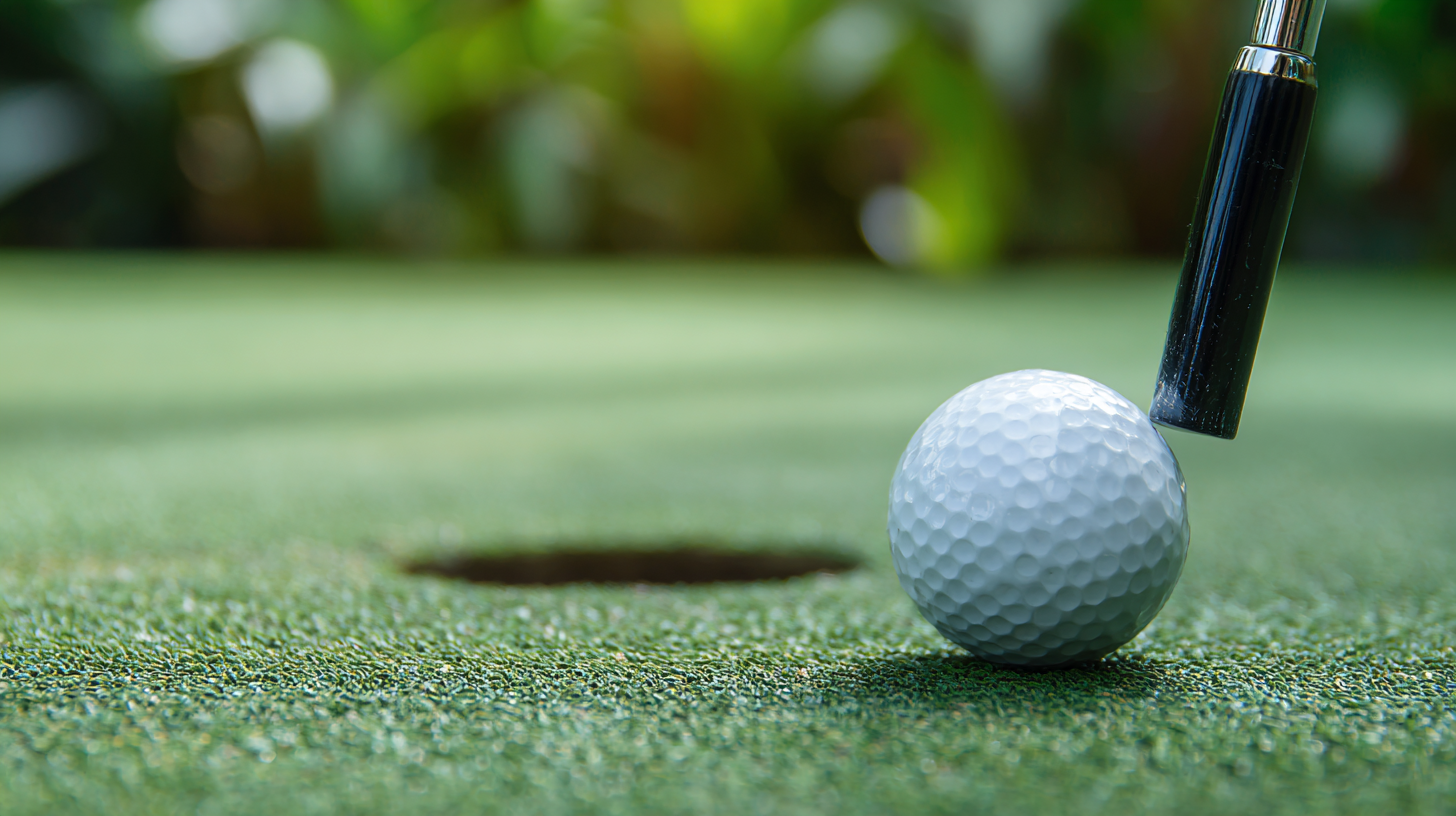 To enhance putting accuracy, mastering essential grip techniques is vital for beginners. The grip forms the foundation of a successful putting stroke, as it influences the direction and speed of the ball. A proper grip should feel comfortable and natural, allowing for a relaxed yet firm control of the putter. Beginners should experiment with different grip styles, such as the conventional grip, the cross-handed grip, or the claw grip, to find the one that gives them the most confidence and stability when addressing the ball.
To enhance putting accuracy, mastering essential grip techniques is vital for beginners. The grip forms the foundation of a successful putting stroke, as it influences the direction and speed of the ball. A proper grip should feel comfortable and natural, allowing for a relaxed yet firm control of the putter. Beginners should experiment with different grip styles, such as the conventional grip, the cross-handed grip, or the claw grip, to find the one that gives them the most confidence and stability when addressing the ball.
Once a suitable grip is established, maintaining consistent pressure throughout the stroke is crucial. The grip pressure should not be too tight, as this can lead to tension in the arms and shoulders, ultimately affecting the stroke's flow. Conversely, a grip that is too loose may result in a lack of control. Beginners should aim for a light but secure grip, allowing for a smooth pendulum motion. Practicing with a focus on these grip techniques can significantly improve their putting performance, leading to more successful rounds on the green.
Mastering Your Stance and Alignment for Effective Putts
Mastering your stance and alignment is crucial for effective putting in golf, especially for beginners who are just starting to develop their skills. According to the PGA Tour, nearly 43% of strokes gained on the green come from putting. This underscores the importance of a solid foundation in stance and alignment. A proper stance involves positioning your feet shoulder-width apart, which provides stability and balance. Your weight should be evenly distributed on both feet, allowing for a smooth and controlled putting stroke.
In addition to stance, alignment plays a vital role in ensuring that your putts go where you intend them to. Research from the Golf Science Laboratory found that more than 80% of amateur golfers struggle with alignment, which can significantly impact their accuracy. To improve alignment, focus on setting your body parallel to the target line and ensuring that the putter face is square at address. Utilizing alignment aids such as laser guides or alignment sticks can help reinforce these concepts during practice. By mastering your stance and alignment, you set yourself up for more consistent and effective putting performance on the green.
Developing a Consistent Putting Stroke through Practice
Developing a consistent putting stroke is essential for any golfer looking to lower their scores. Research from the National Golf Foundation indicates that nearly 43% of all strokes in a round of golf are spent on the putting greens. This statistic underscores the importance of mastering putting techniques, especially for beginners. Establishing a reliable stroke routine can significantly improve one's confidence and performance on the green.
To build a consistent putting stroke, it's crucial to incorporate regular practice into your routine. According to a study by the PGA of America, golfers who practice their putting 2-3 times a week see considerable improvements in their overall putting accuracy and distance control. Focus on drills that emphasize a repeatable motion, such as the “gate drill” or the “one-handed putting drill,” which can help instill muscle memory. As you practice, paying attention to grip, stance, and alignment will lead to a more fluid stroke, facilitating better results during play.
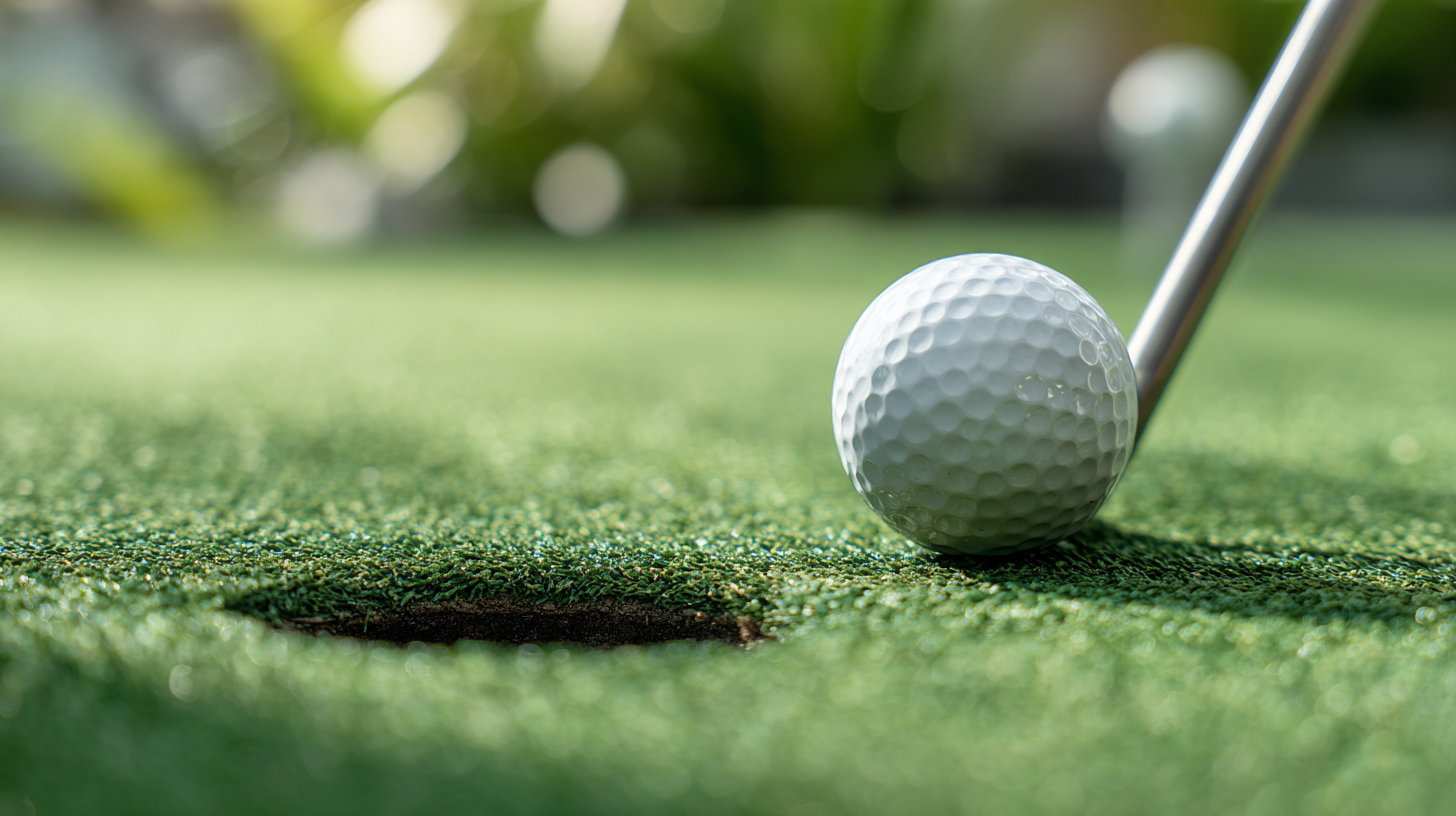
Learn to Read the Green: Elevation and Speed Considerations
Reading the green effectively is a skill that every golfer must develop, especially beginners. Understanding the elevation and speed of the green can significantly impact putting performance. Elevation changes indicate whether the ball will speed up or slow down as it travels, while speed pertains to how quickly the ball will roll based on the green's surface characteristics. By combining these two elements, a golfer can make more informed and precise putting decisions.
In recent discussions regarding green-reading practices, the increasing reliance on green-reading books among professionals has come under scrutiny. These books offer detailed insights into slopes and breaks, but concerns have been raised about the impact on gameplay pace and the integrity of the sport. As governing bodies review these practices, it is essential for beginners to focus on developing their intuitive skills rather than overly relying on external aids. Learning to read greens by observing the terrain and feeling the nuances of the surface will foster a deeper connection with the game and improve overall putting consistency.
Mastering the Art of Golf Putting Techniques Every Beginner Should Know
| Technique | Description | Tip | Common Mistake |
|---|---|---|---|
| Reading the Green | Assessing the slope and texture of the green. | Take your time to observe from multiple angles. | Rushing the assessment can lead to poor judgment. |
| Adjusting for Elevation | Understanding how uphill or downhill impacts speed. | Aim slightly above the hole on uphill putts. | Ignoring elevation changes can lead to missed putts. |
| Speed Control | Knowing how hard to hit the ball based on the green's speed. | Practice with different lengths and green conditions. | Too much or too little speed can ruin your stroke. |
| Alignment | Positioning your body and clubface correctly. | Use a marker to help line up your putts. | Misalignment can lead to non-accurate strikes. |
| Practicing Routine | Developing a consistent pre-stroke routine. | Stick to the same sequence to enforce muscle memory. | Skipping steps in your routine can affect consistency. |
Related Posts
-
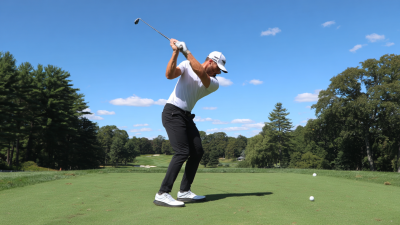
Unlock Your Best Swing: Expert Insights on Golf Club Fitting Techniques
-

The Ultimate Guide to Choosing the Perfect Golf Gloves for Every Season
-

The Growing Popularity of Mini Golf Courses in Urban Areas and Their Health Benefits
-
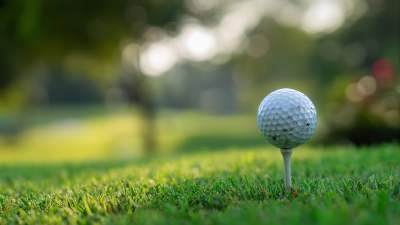
Unlocking the Secrets of Prime Golf Tee Times: Your Guide to Perfecting Your Game
-
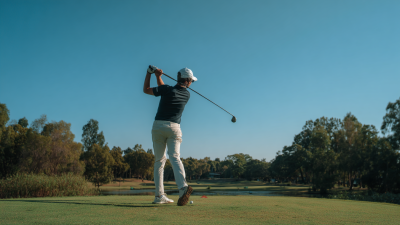
Unlocking the Secrets to Mastering Golf Play Techniques for All Skill Levels
-

Exploring the Evolution of Golf Top Technologies: A Beginner's Guide to Modern Golf Apparel
 Newsletter Signup
Newsletter Signup
Monthly Vibe
Upcoming events, promo offers, member exclusives and more.
About The Owners
Golf Fanatics is a Chrysalis Enterprises Company owned by a group of like-minded individuals who share a common passion and affinity for golf, investing in successful Small-Medium-Enterprises, creating rewarding employment opportunities and being good industry participants and corporate citizens.
Contact Us
Explore
Come And Play
Monday
Tuesday
Wednesday
Thursday
Friday
Saturday
Sunday
9 a.m. – 10 p.m.
8 a.m. – 10 p.m.
8 a.m. – 10 p.m.
8 a.m. – 10 p.m.
8 a.m. – 11 p.m.
8 a.m. – 11 p.m.
8 a.m. – 9 p.m.
Copyright © 2025 · Golf Fanatics is a division of Chrysalis Golf Ventures Inc.
7100 15th St SE, Calgary AB
This site is protected by reCAPTCHA and the Google Privacy Policy and Terms of Service apply.





